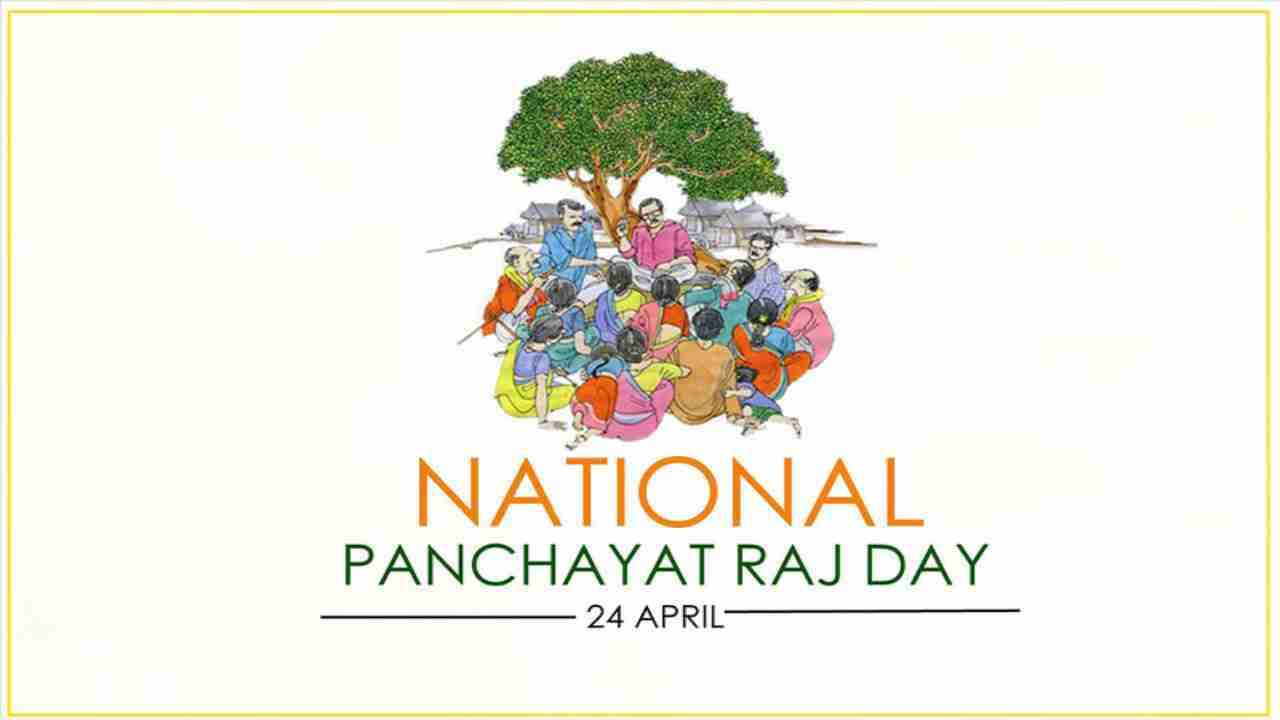In India, April 24 is considered historic as it is observed as National Panchayati Raj Day. Every year the day is celebrated since the passing of the Constitution Act (73rd Amendment), 1992 came into force from 24 April, 1993.
Former Prime Minister Rajiv Gandhi is credited with laying the foundation of Panchayati Raj institutions in order to take democracy to the grassroots level.
Significance of National Panchayati Raj day:
To get a clear understanding, it is important to know the history of this day. India is a populated nation with a large area in many states. The authority (CM of the State) couldn’t go around each village and cater to their requirements. To understand the ground level problem was considerably difficult. Eventually, it was decided that the power of democracy should be decentralized. For this, a committee under the chairmanship of Balwantrai Mehta was set up in 1957 which recommended democratic decentralization of the power. Therefore, the concept of the Panchayati Raj was formed. This concept gave the political power in the hands of common men wherein every village, block and district has a separate Chief Minister to run the administration of that particular territory.
The concept of Panchayati Raj suggests a three-tier system of Panchayati Raj in India:
Village Panchayat is the lowest unit of the tier at the village level and looks for the village level responsibilities. The members of the village panchayat are elected for five years by the members of the gram sabha. Every Panchayat elects a President or Sarpanch and a Vice-President or UPsarpanch. He acts as a spokesperson in the Panchayat Samiti.
Panchayat Samiti is at block level which consists of a Block Development Officer who looks after a group of villages. Generally, it comprises 20 to 10 villages depending on area and population. The president of the Samiti is the Pradhan, who is elected by and from the panchayats falling in the block area and two women members and one member each from the Scheduled Castes and Scheduled Tribes to be co-opted.
Zilla Parishad is the topmost tier at the district level. All the Block Development Officers are answerable to Zilla Parishad. This tier makes development plans at the district level with the help of Panchayat Samiti. The Chairman of the Zilla Parishad is elected from among its members
The Zilla Parishad, for the most part, performs coordinating and supervisory functions. It coordinates the activities of the Panchayat Samitis falling within its jurisdiction. In certain states, the Zilla Parishad also approves the budgets of the Panchayat Samitis.
Coming to the sources of fund for Panchayat, the government scheme funds for the betterment of the village received by Janpads and Zila Panchayats plays a prominent role. Additionally, the taxes collected on houses and marketplaces is also one of the main sources of funding.
Besides, every year a National Conference is organised by the Union Ministry of Panchayati Raj on this day. In the conference, the ministry awards best performing Gram Panchayats with ‘The Panchayat Shashaktikaran Puraskar/Rashtirya Gaurav Gram Sabha Puraskar’.
As the day suggests tomorrow, PM Narendra Modi is going to address the various gram panchayats across the country and launch a unified e-gram portal and a mobile app on National Panchayati Raj Day, as said by the Union Ministry of Panchayati Raj on Wednesday.


















